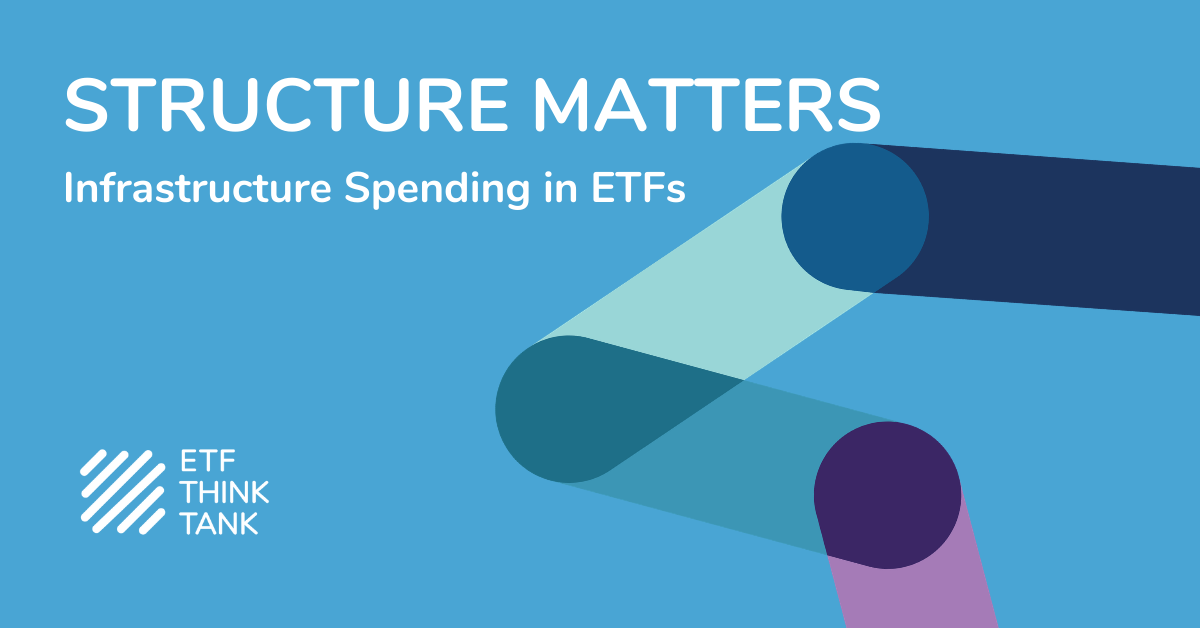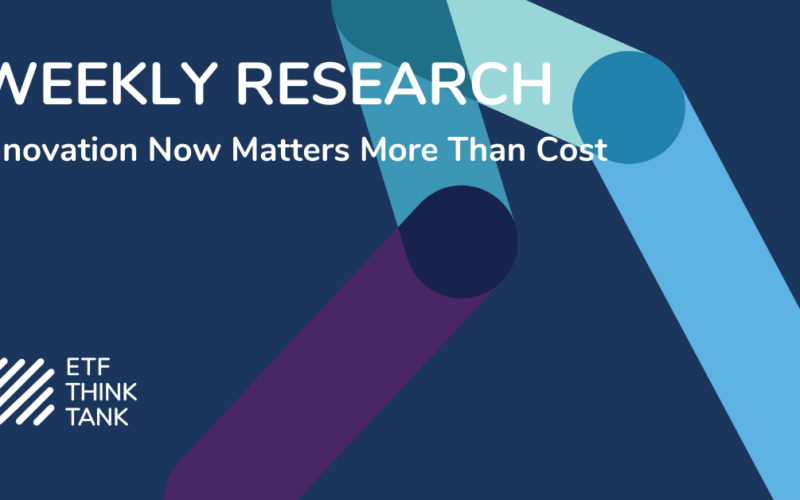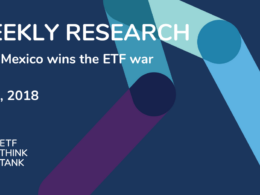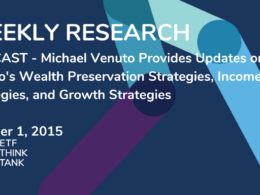
Shocking! It took a pandemic to get infrastructure back in the headlines. However, with Trump proposing to spend $1 Trillion dollars on infrastructure, investors will be looking closely at the $5.5 billion in AUM in ETFs. The question is whether paving the roads and fixing the bridges is really where the spending will take place; but simply just maintaining the spend off of declining or even “flat GDP” cannot be the answer.
Watch for utility, energy and geographic exposure when you are looking at the ETFs with the label “Infrastructure”. There are 11 ETFs that define themselves as infrastructure, but there is no US pure play that is aligned with the headlines today and many of the ETFs may have disappointed investors because they have over-weighted energy exposure. The iShares Global Infrastructure ETF (IGF) is the largest ETF with $3.1 billion in AUM and AGFIQ Global Infrastructure ETF (GLIF) is the newest. The best performing ETF has been the First Trust Nasdaq Clean Edge Smart Grid Infrastructure ETF (GRID).
The headlines might tilt investors towards the US, but Infrastructure is really a global issue and it would be logical that other geographies will need to deal with the massive issue around infrastructure. Note that IGF is 46% exposed to utilities and the definition of infrastructure is very broad reaching. Meaning – the dispersion of returns between the strategies will be very wide.
Using the ETF Think Tank Tools I offer a quick read on what is available in the ETF universe; note that there is considerable overlap between GII and IGF, but thereafter things look very different. What can I say – Structure Matters!
We are working on a follow up report. For immediate details please reach out to Dan Weiskopf, @ETFPorfoessor or Dweiskopf@torosoinv.com.













